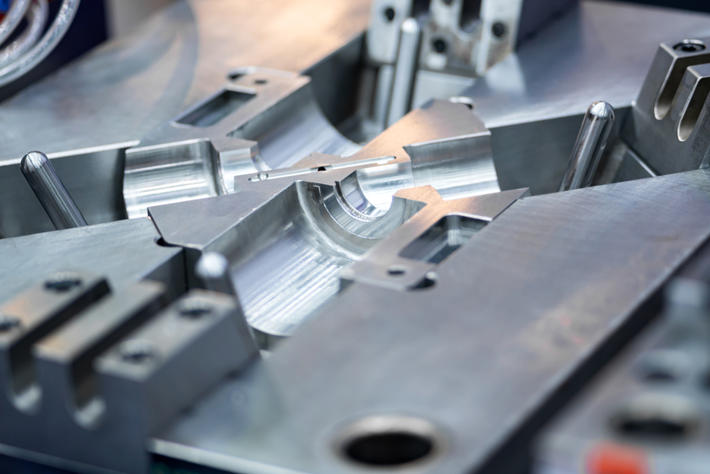
Maintenance in the die casting mold sector (2nd part)
As we said, it is important to understand that first of all a method suitable for the company must be chosen: better a simple approach but that everyone in the company can understand and apply clearly, without mistakes, to achieve concrete results, rather than an approach high-sounding if this is not really appropriate for the company.
Total maintenance techniques and methods for die casting companies
When it comes to the maintenance of systems and molds for die casting, the first question with which the department managers must measure themselves is precisely the choice of the most appropriate ways to manage this activity.
The objectives of the maintenance of plants and molds for die casting are mainly:
- Maximize the productivity of die casting plants;
- Maximize the availability of die casting plants;
- Maximize the yield of maintenance interventions;
- Maximize the return on labor;
- Minimize the volume of spare parts stocks;
- Minimize maintenance costs in general.
It is necessary to formulate real maintenance policies that provide clear information on the various tasks, on which figures are needed and ultimately how many people are needed to carry out the maintenance service correctly. The policy must also take into account the sizing of the inventories and the manner / frequency of maintenance interventions.
The four types of maintenance for the die casting sector
With this in mind, four types of maintenance can be defined:
- Corrective or failure maintenance;
- Opportunistic maintenance;
- Preventive maintenance;
- Predictive maintenance.
Corrective maintenance on failure
This is a simple type of maintenance intervention, usually poorly organized. Basically, the machinery is expected to break down and then action is taken.
This type of maintenance is mainly characterized by the absence of maintenance interventions on the systems and the absence of preventive inspections. The production team remains inactive during the repair, also because the production schedule (not being able to know of the stoppage) had not foreseen any other productive placement of the personnel. It is important that the production staff communicate the breakdown with the urgency to the maintenance staff, who repair production plants, without having a schedule of interventions.
Opportunistic maintenance
It is a type of maintenance that occurs in cases where during the fault intervention, the opportunity is taken to perform maintenance on the other elements of the same system.
The goals of opportunistic maintenance in the die-casting sector are to reduce the number of stops while keeping the cost of intervention as low as possible, with advantages both in terms of costs and time.
However, this type of approach increases the frequency of replacements as a higher supply of replacement parts is required, due to the fact that it may not take full advantage of the useful life of pre-replaced items.
Preventive maintenance
It is a type of maintenance approach that requires an organization program because it is needed to manage components, people and workloads. Furthermore, it is necessary to deal with the production planning to decide, together, when to stop the die-casting plants.
Preventive maintenance, thanks to the fact that it is based on a failure prevention through an early replacement of critical components, minimizes downtime Just think of the advantage of having spare parts already available and the fact that people are already available and organized, ready for intervention.
Predictive maintenance
It is the maintenance logic which, providing for the residual useful life of a component or element, makes it possible to fully exploit (or almost) the useful life.
However, it is necessary to understand how it is possible to understand the real residual useful life through special measuring systems and devices. The main characteristics that identify the wear of a component are then monitored, for example vibrations, drop in quality, increase in temperature. In this way, the early replacement of parts and components can be rationalized, maintaining a certain forecast on the stoppage and therefore rationalizing the organization of people and the purchase of spare parts.
With that being said, what is the best solution and which is the one embraced by italpres, a company specializing in the die-casting of aluminum and light alloys, in the design and construction of molds for aluminum die casting? Read the next news ...
Source: Costruire Stampi marzo 2020


